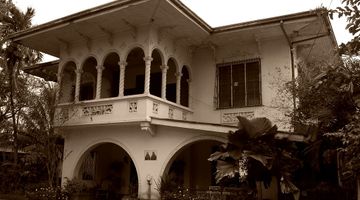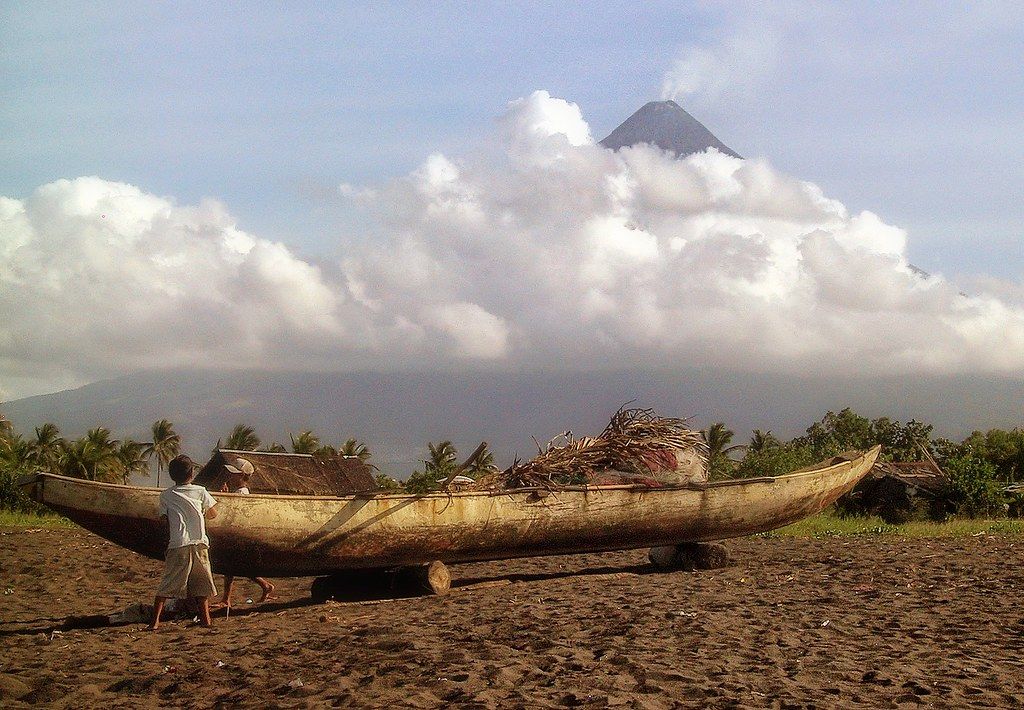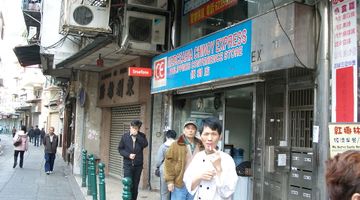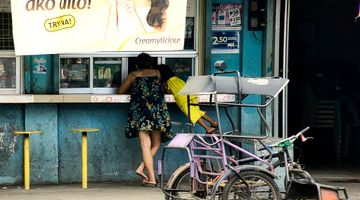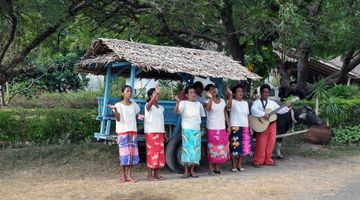Luzon Philippines – The Ultimate Travel Guide
In a nutshell
Located in the Northern section of the archipelago, Luzon is the largest and most important island. It is home to the bustling metropolis Manila as well as provinces defined by mountain ranges and coastal villages.
Where to go on Luzon
Manila
Manila is more than likely your first stop in this country. It's the primary gateway to the rest of the island but doesn't make it just a quick pit stop. Take a crash course in history by visiting the famous Walled City of Intramuros as well as the island fortress of Corregidor.
Shopaholics will also find Manila as a great shopping mecca with some of the world's largest shopping malls. SM Mall of Asia has become a tourist destination of its own, a 42-hectare shopping, leisure, and entertainment haven.
You can spend days inside one of these air-conditioned shopping megacities but if you prefer an open-air and budget shopping experience, you can always go to Divisoria or Greenhill's.
If gambling is your thing, there are plenty of casino resorts that are located in close proximity to each other so if you're not too lucky in one, you can easily board a shuttle and head to another. There's City of Dreams, Resorts World Manila, Solaire Resort and Casino, and the spanking new Okada Manila.
Clubbing? Posh nightclubs abound and you can even do a pub crawl. The food scene here is not to be trifled with as food parks invade the hippest corners of the capital.
Around Manila
Luzon is not just about urban metropolis. Just a few hours outside Manila, you will reach the scenic mountain resort of Tagaytay and the world's smallest volcano, Taal.
Batangas offers a temporary respite to the city dwellers with its pristine beaches and spectacular dive sites.
The Central Luzon
The central part of Luzon also showcases yet another active volcano, Mt. Pinatubo, which is located on the boundary of Zambales, Tarlac, and Pampanga. Subic is also a popular weekend destination for its impressive bay and magnificent forests.
The Cordilleras
The Northern Luzon presents the Cordillera Central mountain range, a landlocked region that might as well be worlds away despite its relative accessibility from Manila. Prepare to have your breath taken away by the splendours of Banaue rice terraces and Batad rice terraces which are rightfully inscribed on the UNESCO World Heritage List. Then there's Sagada with its hanging coffins and enchanting cave network. The North also has the Philippines Summer Capital, Baguio City, known for its subtropical highland climate.
On the coast
The north coast of Luzon Island features Pagudpud and its tourism arsenal comprising of unspoiled beaches and man-made engineering feats like Patapat Viaduct and Bangui Windmills.
On the west coast is the historic city of Vigan, famed for its ancestral houses and cobblestone streets. The gateway to these attractions is Laoag, itself known for a gastronomic itinerary and cultural heritage.
The South
Down south is just as breathtaking as the rest of the island. The City of Legazpi is where you'll find the world's perfect cone volcano, Mt. Mayon, as well as the rare black sand beaches. You will most likely stay a day or two to indulge in the famous Bicolano cuisine.
The whale shark capital of the world, Donsol, is also located in these parts of Southern Luzon.
When to go to Luzon
November to May is generally the most pleasant time to go around places of interest in Luzon. The summer months of April to May however mean unbearable heat and crowd. The months of July to October are a good time to visit mountain resorts but typhoons can disrupt your plans. January is the coldest time of the year.
Where to stay on Luzon
You won't generally have a problem finding accommodations anywhere you go in Luzon.
Domestic tourists usually travel as families and group of friends so you will see a lot of family rooms and bunk bed rooms.
The country does see its own share of backpackers so hostels and guesthouses with dormitory type rooms are also on the rise.
Mountainous regions like the Cordillera Mountains usually have very basic homestays.
In places like Batad, for example, the weather is colder but there is not hot water if you need to shower. This may be a challenge for some but is all part of the rustic experience.
Where to eat on Luzon
Luzon is a great place to embark on a culinary adventure.
Bicolano cuisine is defined by its heavy use of coconut milk and hot chili with bicol express and laing as their signature dishes.
The Ilocanos meanwhile love their vegetables so it's a great place to feast on dishes like pinakbet or dinengdeng.
Pampanga has a festival dedicated solely to a pork dish that was recently endorsed by world famous chef Anthony Bourdain, the flavour packed sisig.
The Cordillera Mountains has the controversial pinikpikan while the Bulacaenos takes pride in how they can whip the best tasting food out of what the rivers and farmlands provide.
How to get around Luzon
Navigating your way around the provinces of Luzon is not really a problem.
Tricycles and to some extent pedicabs are ideal for shorter distances within towns and barangays.
Jeepneys also abound and are an inexpensive way to get around.
Commuting around Manila can be complicated but taxis are common. There are also taxi hailing services like Uber and Grab. City buses and taxis are rampant but their routes can be a bit confusing even for locals. Traffic can be horrendous especially around EDSA but there's MRT and LRT if you're in a hurry. Expect it to be cramped especially on weekdays though.
How to get to and from Luzon
By air
Luzon currently has 4 international airports.
Ninoy Aquino International Airport is the premier gateway and the busiest with over 30 airlines flying passengers in from around the world. It serves as a hub for multiple airlines such as AirAsia, Cebu Pacific, Philippine Airlines, and PAL Express. Other airlines that operate from there includes KLM, Asiana Airlines, Cathay Pacific, Delta, Singapore Airlines, Emirates, and Qantas Airways.
Clark International Airport (previously Diosdado Macapagal International Airport) is located inside Clark Freeport Zone in the province of Pampanga a few hours from Manila and also serves both domestic and overseas flights.
Air Juan and its fleet of seaplanes operate from the Subic Bay International Airport.
Besides domestic flights, Laoag International Airport also receives flights coming from China and Korea.
Northern Luzon is accessible by air via the aforementioned airport in Laoag, Ilocos Norte, Basco Airport in Batanes, Tuguegarao in Cagayan, and Cauayan in Isabela.
On the Southern part, there's Legazpi Airport in Albay Province and Naga (Pili) Airport in Camarines Sur.
By boat
As an archipelago, the islands including Luzon are accessible by sea. There are cargo ships and passenger ferries that regularly depart Manila. Cruise ships also frequently call on Manila Port.
By bus
There are numerous bus companies that ply the highways connecting various provinces and municipalities. These buses depart from different parts of Manila at practically all hours.
Is Luzon a safe place to visit?
Luzon is generally a safe place with no terrorist threat that tourists associate with Southern Philippines. People in the provinces are warm and friendly. However, Manila does have its own share of dangers and annoyances prevalent in big cities. Just exercise caution to avoid falling victim to petty criminals.
